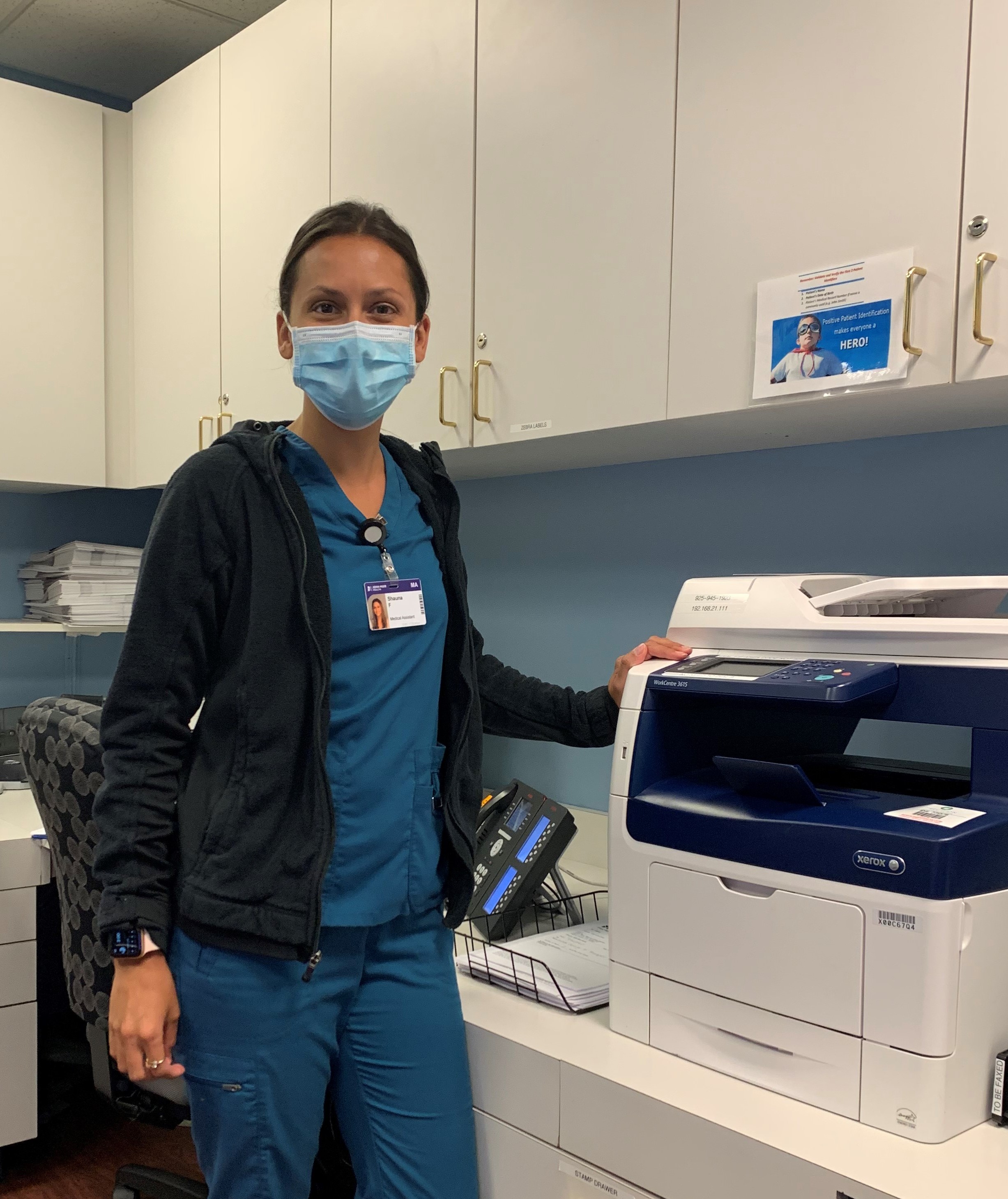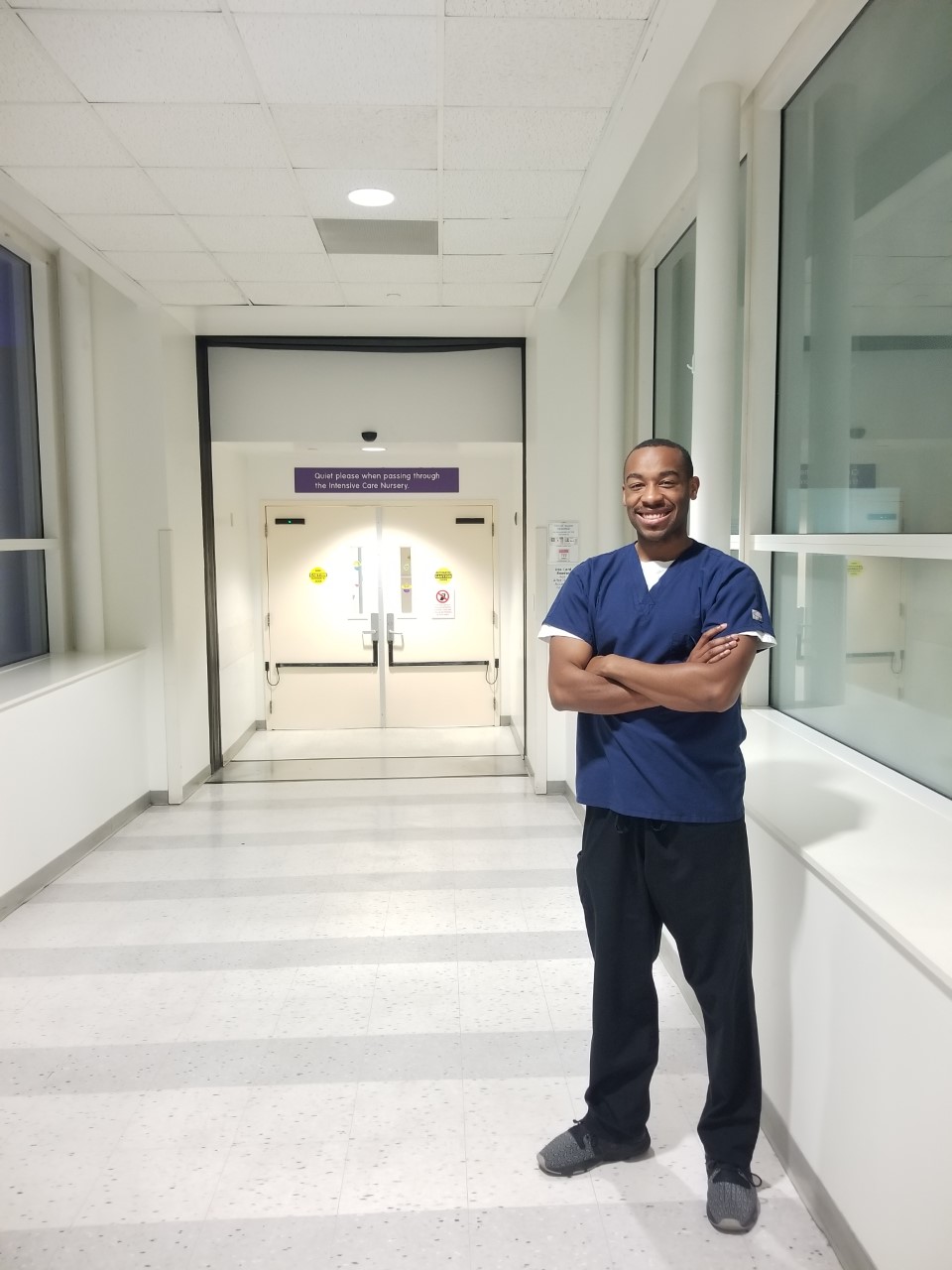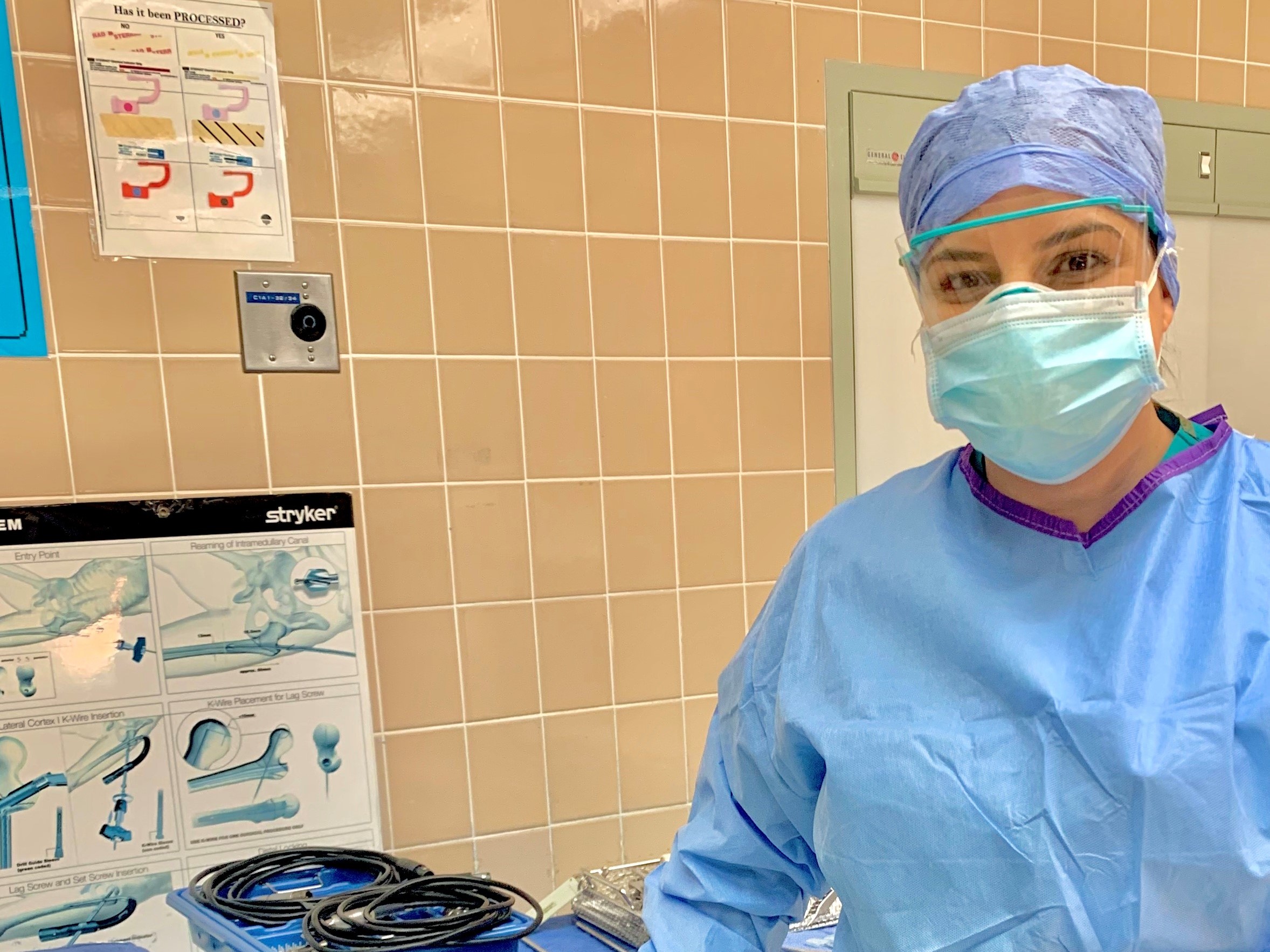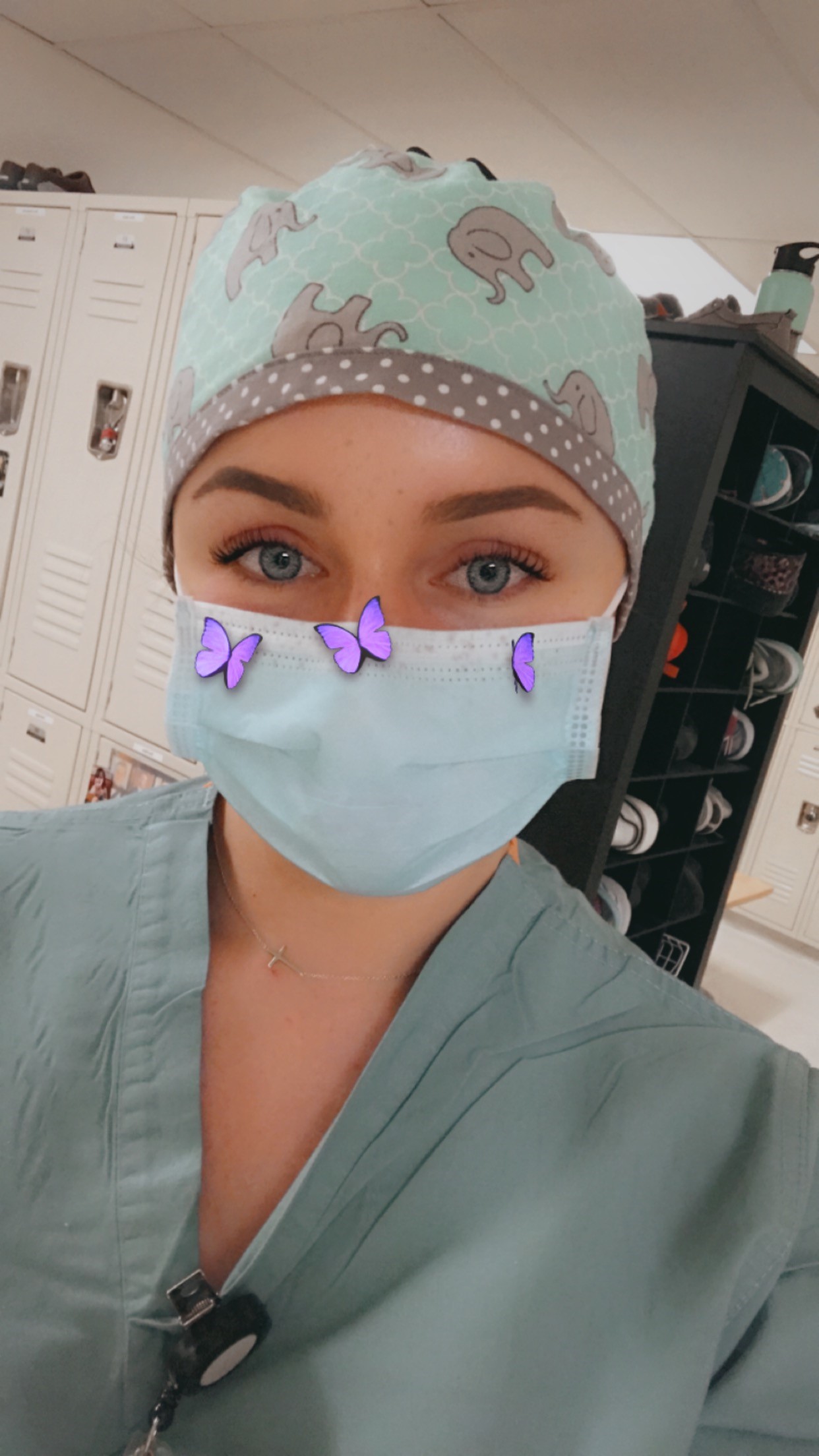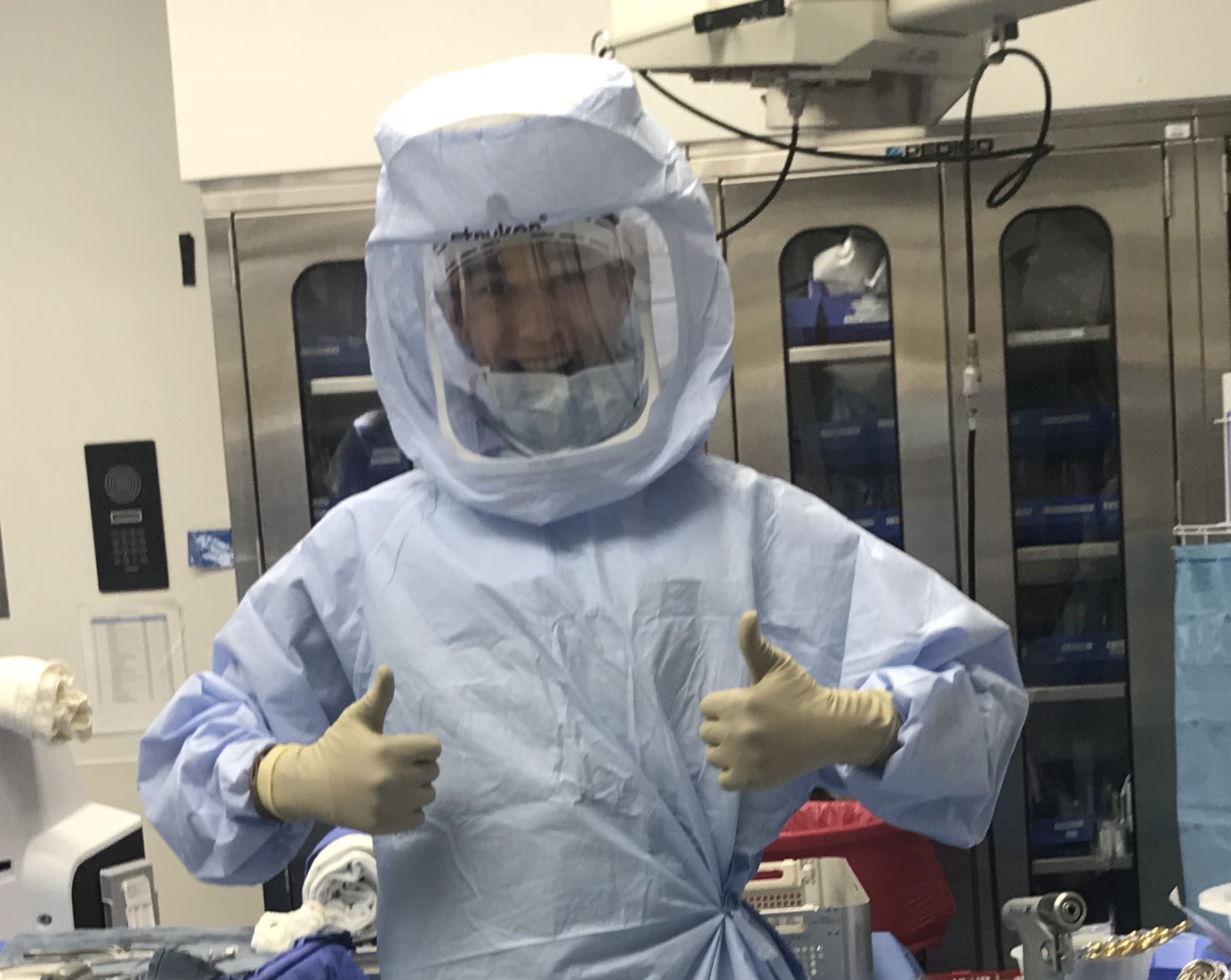Ability to work long/irregular hours
Sonographer Work Environment
• Sonographers typically work in healthcare facilities that are clean. They usually work at diagnostic imaging machines in darkened rooms, but they also may perform procedures at patients’ bedsides. Sonographers may be on their feet for long periods of time and may have to lift or turn disabled patients.
• Some sonographers work as contract employees and may travel to several healthcare facilities in an area. Similarly, some sonographers work with mobile imaging service providers and travel to patients and use mobile diagnostic imaging equipment to provide service in areas that otherwise would not have access to such services.
• Most full-time sonographers work about 40 hours a week. Some sonographers work overtime. Also, sonographers may have evening and weekend hours when they are on call and must be ready to report to work on short notice
Diagnostic Medical Sonographer
• Diagnostic Medical Sonographers use special equipment to direct high frequency sound waves into areas of the patient’s body. Sonographers operate the equipment, which collects reflected echoes and forms an image that may be videotaped, transmitted, or photographed for interpretation and diagnosis by a physician.
• Sonographers begin by explaining the procedure to the patient and recording any medical history that may be relevant to the condition being viewed. They then select appropriate equipment settings and direct the patient to move into positions that will provide the best view. To perform the exam, sonographers use a transducer, which transmits sound waves in a cone-shaped or rectangle-shaped beam. Although techniques vary by the area being examined, sonographers usually spread a special gel on the skin to aid the transmission of sound waves.
• Viewing the screen during the scan, sonographers look for subtle visual cues that contrast healthy areas with unhealthy ones. They decide whether the images are satisfactory for diagnostic purposes and select which ones to store and show to the physician. Sonographers take measurements, calculate values, and analyze the results in preliminary findings for the physicians.
• In addition to working directly with patients, diagnostic medical sonographers keep patient records and adjust and maintain equipment. They also may prepare work schedules, evaluate equipment purchases, or manage a sonography or diagnostic imaging department
Minimum Pre-requisites
1. Must be at least 18 years of age
2. High School Diploma or equivalent
3. An Associate of Arts or Associate of Science degree (or higher) in any discipline.
A 3.0 Cumulative Grade Point Average (CGPA) from all higher education institutions attended, regardless of degree awarded. A cumulative GPA is calculated by weighing the CGPAs from each institution attended by credits earned and adjusting for the difference between semester and quarter credits (1.0 semester credit = 1.5 quarter credits). Calculations will be made based on all official transcripts submitted.
4. Successful completion of the following pre-requisite courses within the past 10 years. (Must have at least a 2.5 GPA in science pre-requisite courses). Academic requirements specified below must be completed at a regionally accredited institution: Successful completion (defined as receiving a grade of “C” or higher) of college-level coursework in the subjects below. CCMCC does not accept Pass/Fail or Credit/No Credit grades in fulfillment of admissions prerequisites. Courses must be a minimum of 3 semester or 4 quarter credits.
- Human Anatomy & Physiology with a lab
- Medical Terminology
- Oral Communication (i.e. Speech)
- Written Communication (English Composition)
- College Algebra or higher level mathematics
- Physics *recommended, not required to apply.



